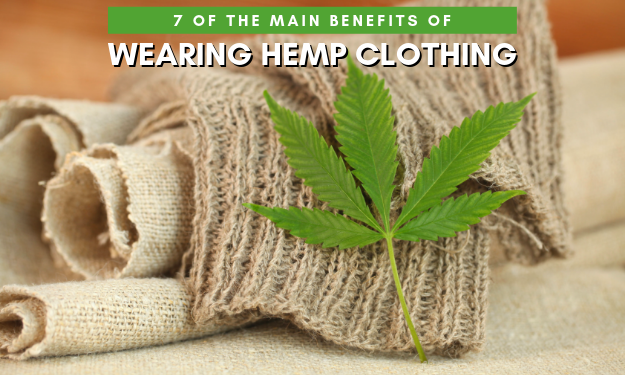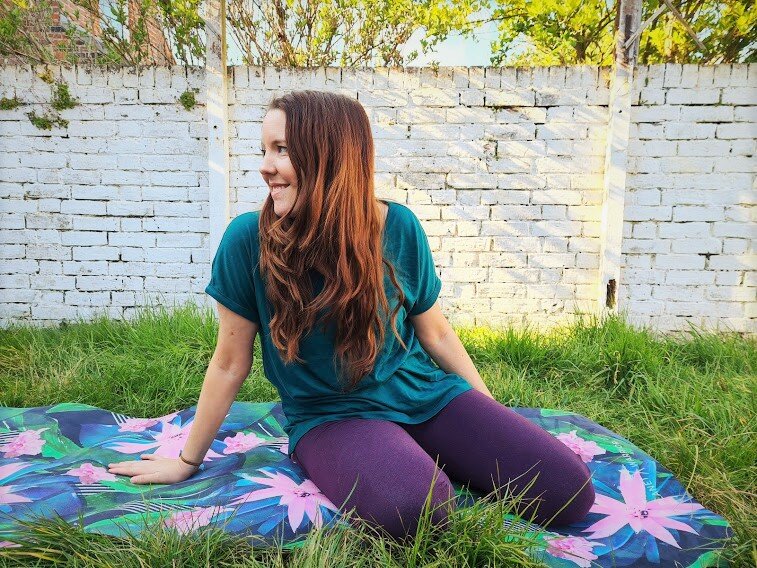Excellent Facts For Selecting Hemp Clothes
Wiki Article
Why Is It That Hemp Is Stronger, More Durable And Bi-Degradable Than Cotton?
Hemp is more biodegradable than cotton, and is also considered robust. This is due to the inherent properties of hemp and how it is cultivated. Here's why- Biodegradability-
Natural Fiber - Hemp is made of a natural plant fibre, that is biodegradable. Clothing and textiles made from hemp are decomposed over time. This means that they can be returned to nature without leaving any residue. Contrast this with synthetic fibers like polyester, which could require hundreds of years to break down.
Hemp textiles are free of synthetic additives - Hemp fibers generally don't contain synthetic additives. Certain cotton fabrics however could have been treated using synthetic chemicals such as dyes and finishes that could slow down biodegradation.
Durability-
Fiber Strength- Hemp fibers are known for their durability and strength. Hemp fabrics and clothing are more resistant to wear than cotton, which makes they last for longer. Hemp garments are durable and washable many times before showing signs of wear.
Hemp fabric is less likely to pill than cotton. This is a characteristic that helps to improve their overall quality and longevity.
Regenerative Agriculture-
Soil Health Hemp cultivating is an effective regenerative process when done sustainably. The deep roots of hemp stop soil erosion and compaction and may increase soil health via an increase in microbial activity and aeration. This regenerative component will help keep the soil more suited for future crop production.
Low environmental impact. Sustainable hemp production methods are often characterized by minimal use of pesticides or weedicides. This minimizes environmental harm. Contrary to traditional cotton farming could lead to the degradation of soils and pollution of water due to its reliance on synthetic chemicals.
Water Efficiency-
Hemp requires less water for development than cotton. Its drought-resistant nature means it is able to thrive even with little irrigation, or even in conditions that are rain-fed. It's an efficient use of water particularly for areas with limited resources.
Hemp can be easily incorporated in crop rotations to improve the soil's health. It also decreases the likelihood of accumulating disease and soil depletion. Crop rotation in cotton farming is not as common.
The versatility of hemp allows it to be used in many different applications, including clothing, textiles paper, and other building materials. Hemp is a versatile crop that can be used to support a variety of industries using eco-friendly and sustainable methods.
Although hemp has numerous advantages but it is essential to be aware that cotton and hemp can both be made using a sustainable or a non-sustainable way, depending on the processes and methods used to grow them. Pick hemp products made with ethical, sustainable practices in order to reap the maximum environmental benefits. Organic cotton products are also an effective way to lessen the environmental impact of cotton that is conventionally grown. Read the top rated hemp clothing tips for more examples including hemp tees, hoodlamb coat, hemp pants womens, women's all seasons hemp canvas bomber hoody jacket, hemp sportswear, mens hemp t shirts, hemp pants, mens hemp clothing, hemp shorts, hemp pants womens and more.

What Gives Hemp Fibers Breathable With Moisture-Wicking And Thermoregulatory Properties?
Hemp fibers possess distinct chemical and structural properties which make them breathable, moisture-wicking and thermoregulatory. These characteristics are a result of the following factors. Microscopical structure- Hemp is distinguished by a hollow, porous fiber that allows air to flow through it. Hemp textiles are highly breathable because of their inherent porosity. This structure, when weaved or knitted, permits air to flow, promoting ventilation, and preventing heat and humidity from building up on the body.
Hemp fibers can be used to absorb water and help wick away moisture. Wearing hemp clothes can aid in absorbing sweat and moisture. This will stop the sensation of being wet. The hemp fibers are also efficient in dispersing moisture from the body and permitting it to evaporate faster. This moisture-wicking quality keeps you comfortable and dry when exercising or during hot weather.
Hemp fibres have natural insulation properties. In cold weather, they can trap heat near the body and provide warmth. In the summer, they let excess water and heat escape to help to cool down. The thermoregulatory properties of hemp make hemp clothing appropriate for a wide range of temperatures and activities.
Antimicrobial properties- Hemp fibers have natural antimicrobial qualities that help inhibit the growth of odor-causing bacteria. This is a factor that contributes to the freshness, and odor resistance of hemp clothing.
Hemp fibers have a long life span and are extremely durable. That means hemp clothing is able to endure repeated washing and wear without losing breathability or the ability to wick moisture. The long-lasting properties of hemp clothing increases its life span, decreasing the need for replacement as well as the negative impact on the environment.
UV Protection Hemp fibers are a natural UV protector that shields the skin from harmful UV radiation. This UV-blocking property adds to hemp clothing's versatility, which makes it perfect for outdoor activity.
Note that these characteristics of hemp are inherent and not dependent on additives or chemical treatment. Hemp clothing is comfortable, durable, and eco-friendly because of its inherent characteristics. It's a fantastic choice for activewear clothing as well as outdoor clothes and clothing for warm conditions. In addition, these attributes remain even after hemp fibers are processed and weaved into fabrics which makes them highly desirable for sustainable and practical clothing. Take a look at the best hemp clothes examples for more tips including hemp sweatpants, womens hemp clothing, hemp tank top, patagonia iron forge pants, hemp long sleeve shirt, hemp shorts patagonia, hemp polo shirts, hemp trousers, patagonia work pants hemp, hemp jeans and more.

What is the difference between hemp fibre and bamboo fiber?
The two fibers from plants, hemp and Bamboo are utilized in textile production, and each has their distinct characteristics and properties. Here are the most important differences between hemp and Bamboo fibers. Plant Source-
Hemp Fibers- Hemp fibers can be made from hemp stalks, and more specifically, the outer bast. Hemp is a versatile and rapid-growing plant that has been utilized in many ways throughout history.
Bamboo fibers can be produced out of the pulp made by the bamboo plant. Bamboo is known as grass species that has rapid growth, as well as its ability to regenerate quickly.
2. Fiber Characteristics-
Hemp- Hemp is known for its strength and durability. They're among the strongest fibers in nature and become softer every time they're cleaned, so they are great for making textiles.
Bamboo Fibers- Bamboo fibers are known for having soft, silky texture. They may be more fragile and less resilient than hemp fibers, however they are still valued for their softness against skin.
3. Texture and Feeling
Hemp fabric is a bit coarse and has a textured feeling. This is evident in its raw state. It's soft, but it has a different feel to bamboo.
Bamboo fabric is silky smooth and very soft. It is described as having a silky soft, and a cottony feel. It's very comfortable.
4. Breathability (and moisture-wicking)-
Hemp- Hemp is naturally air-tight. Hemp also absorbs moisture. They keep you cool and drier in hot temperatures.
Bamboo Fibers- Bamboo fibres are known for their a high degree of breathability and moisture wicking. They are made up of micro-gaps that enhance their ability to regulate humidity and temperature. This keeps you comfortable in different conditions.
5. Environmental Impact-
Hemp- Hemp is considered an eco-friendly fiber due to its minimal water requirements quick growth rate, rapid growth, and resistance to pests, which reduces the need for pesticides as well as herbicides. Hemp is also able to sequester carbon during its growing process.
Bamboo is a popular choice for environmentally friendly building materials. It is extremely robust, it grows quickly and requires only a tiny amount of water. Certain bamboo species like Moso Bamboo, are considered to be highly sustainable.
6. Processing-
Hemp- Hemp requires extensive processing to separate its outer bast fibers (outer woody core) from the woody inner fibers. Processing can include decoration, retting, or mechanical separation.
Bamboo- Bamboo is usually created by a chemical process called the viscose or rayon-process. It involves using chemical substances to degrade bamboo fiber. Closed-loop systems can be used to eliminate the chemical waste from some bamboo textiles.
7. Versatility-
Hemp- Hemp is versatile and has many uses, including building materials, clothing and textiles, and more.
Bamboo Fibers Bamboo fibers have been used in clothing, textiles and other products.
Summary- Both hemp and Bamboo provide unique advantages and are both sustainable. It is dependent on the qualities you are looking for in a product and how eco-conscious you are. View the top bamboo clothes for website advice including bamboo t shirts womens, bamboo athletic wear, bamboo childrens clothing, bamboo twirl dress, bamboo cay shirts, bamboo boxer shorts for men, bamboo onesies, kate quinn bamboo, bamboo dress socks, bamboo dress socks and more.
